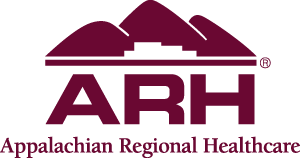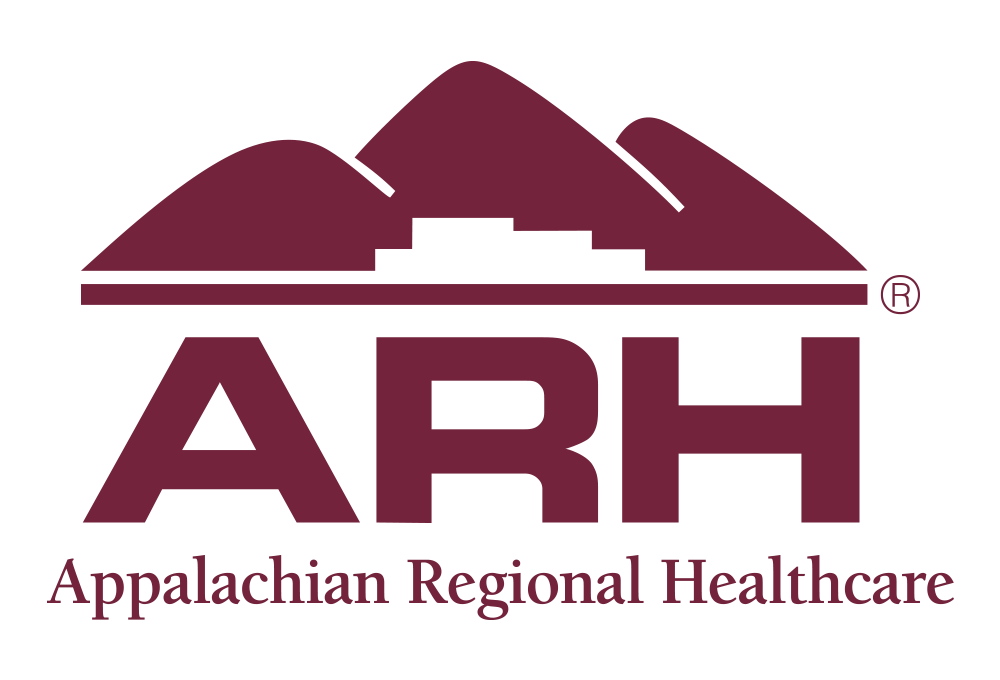National Stroke Awareness Month
Anyone, including children, can have a stroke—often called a brain attack—at any time. According to the Centers for Disease and Prevention (CDC), every year around 800,000 people in the United States have a stroke—and about 1 out of 4 of those strokes are recurrent strokes. Having one stroke means you have a greater risk of having another stroke.
A stroke or brain attack happens in one of two ways:
- Ischemic stroke—this happens when the blood supply to the brain is blocked.
- Hemorrhagic stroke—this happens when a blood vessel in the brain bursts.
A stroke causes brain tissue to die, leading to brain damage, disability and death. According to the CDC, stroke is a leading cause of death in the United States and is a major cause of serious disability for adults.
“It’s important to know that most strokes are preventable,” stated George Khouri, DO, ARH Medical Director, Neuroscience.
You can reduce your risk for stroke by making lifestyle changes that help control your blood pressure and cholesterol levels, and by taking necessary medication.”
Using tobacco products and having high blood pressure, high cholesterol, diabetes or obesity can increase your risk for stroke. However, treating these conditions can reduce your risk. High blood pressure is the single most important treatable risk factor for stroke. Preventing, diagnosing and controlling it through lifestyle changes and medicine are critical to reducing stroke risks.
There are several steps you can take to reduce your risk for stroke:
- Eat a healthy diet low in sodium with plenty of fruits and vegetables. Tips on nutrition are available at CDC’s Division of Nutrition, Physical Activity, and Obesity
- Maintain a healthy weight. CDC’s Healthy Weight website includes information and tools to help you lose weight.
- Be physically active. Visit CDC’s Physical Activity website for more information on being active.
- Do not smoke, and avoid secondhand smoke. CDC’s Office on Smoking and Health website has information on quitting smoking.
- Limit alcohol use. See CDC’s Alcohol and Public Health website for more information.
- Prevent or manage your other health conditions, especially high blood pressure, high cholesterol, diabetes and obesity. Visit CDC’s High Blood Pressure, Cholesterol, and Diabetes webpages on these conditions to learn more.
What are the signs and symptoms of stroke?
An easy way to remember the most common signs of stroke and how to respond is with the acronym BEFAST.*
B = Balance. Does the person have a sudden loss of balance?
E= Eyes. Has the person lost vision?
F = Face. Does the person’s face droop?
A = Arm. Is one arm weak or numb?
S = Speech. Is their speech slurred or strange?
T = Time. What time did symptoms start?
Other common signs of stroke are sudden dizziness, vision loss, numbness of the face, arm or leg, confusion or trouble understanding others, severe headache, trouble walking or loss of balance or coordination.
“If you think you or someone you are with is having a stroke, call 9-1-1 immediately,” said Dr. Khouri. “Stroke is a medical emergency and it’s important to get to the hospital as soon as possible for treatment.”
Once at the hospital, your doctor will perform several tests to diagnose stroke such as brain imaging, including a magnetic resonance imaging (MRI) or computed tomography (CT) scan, tests of the brain’s electrical activity and blood flow tests.
If you are concerned about your risk for having a stroke, call your healthcare provider to schedule a wellness exam and include a stroke assessment. If you are looking for a healthcare provider, go to www.arh.org or call your nearest ARH hospital for assistance.
*BEFAST was developed by Intermountain Healthcare, as an adaptation of the FAST model implemented by the American Stroke Association. Reproduced with permission from Intermountain Healthcare. Copyright 2011, Intermountain Health Care.



